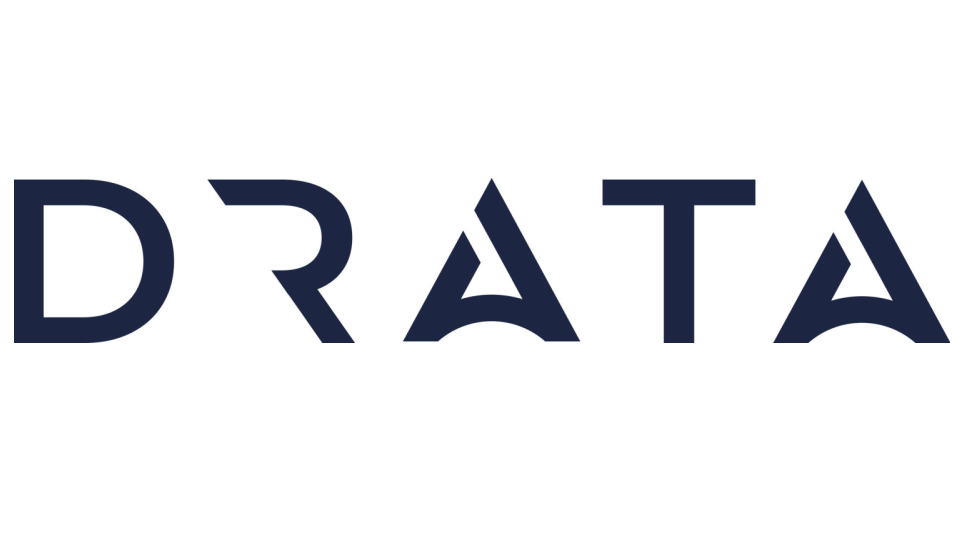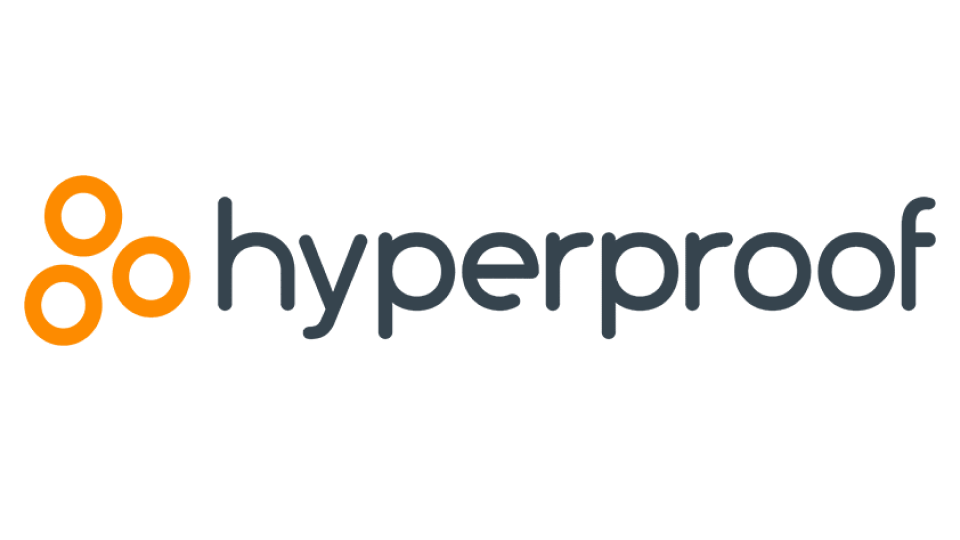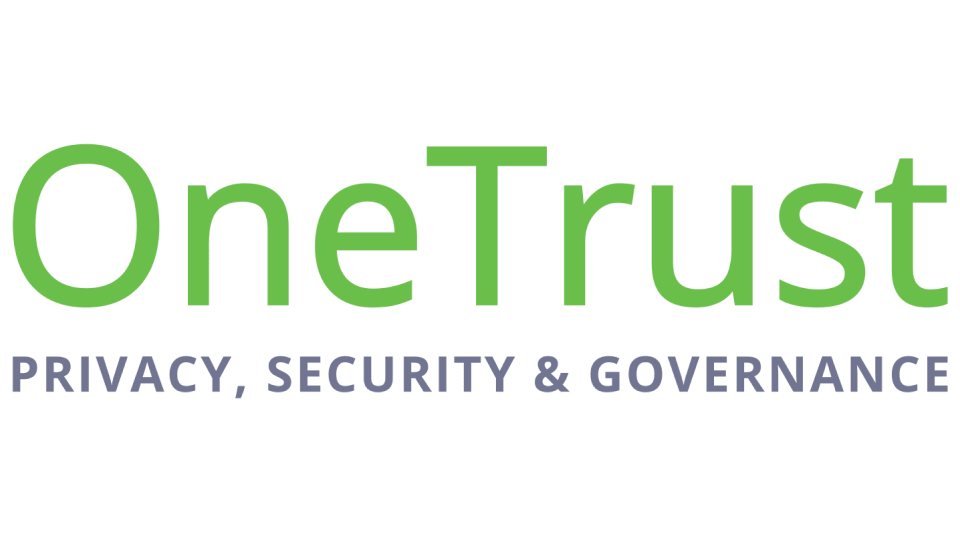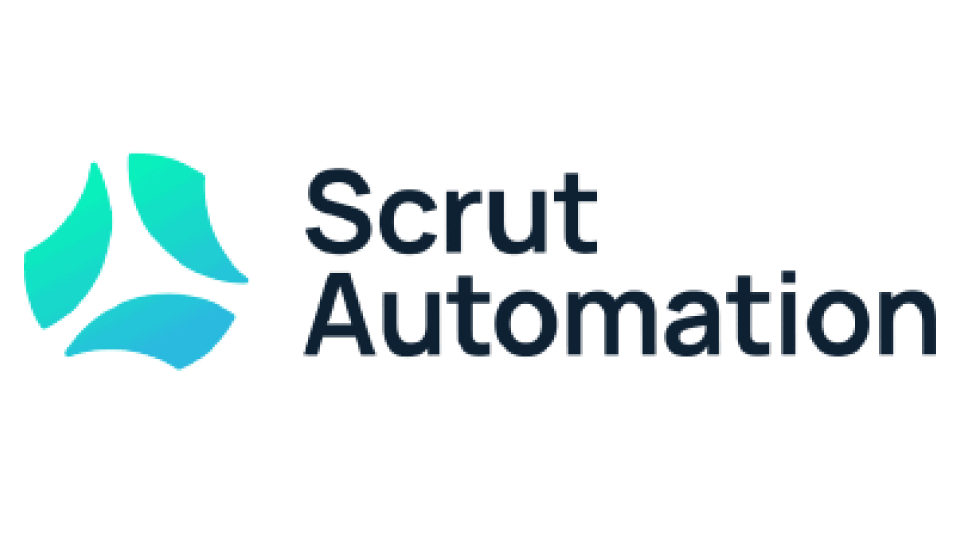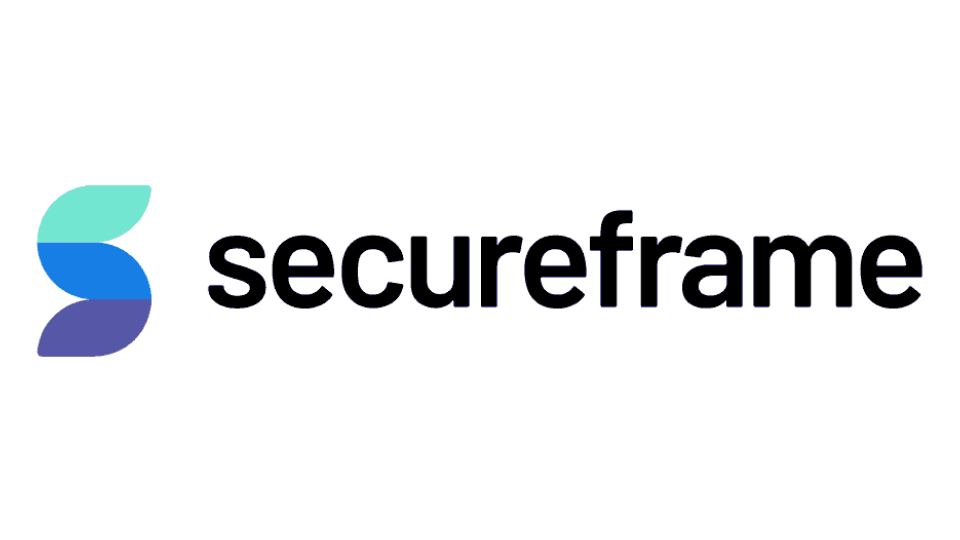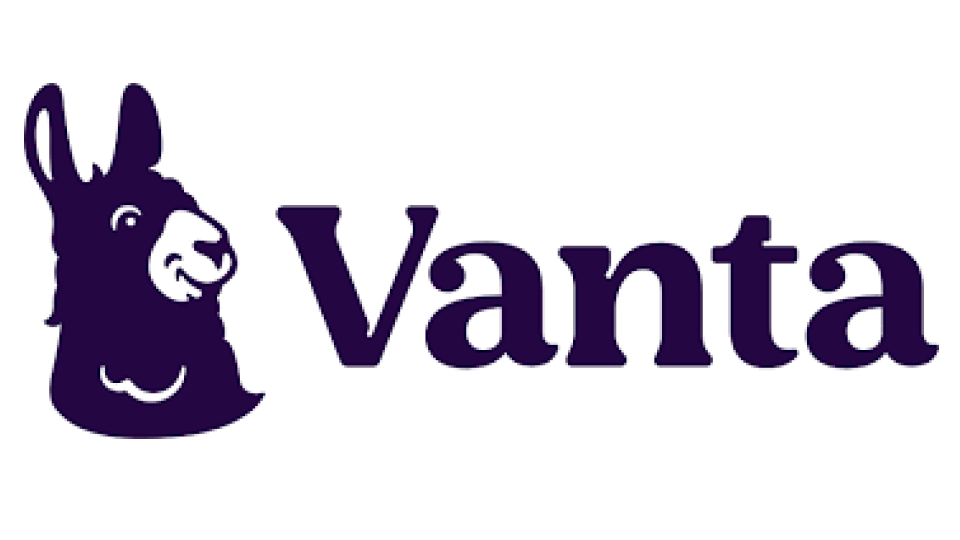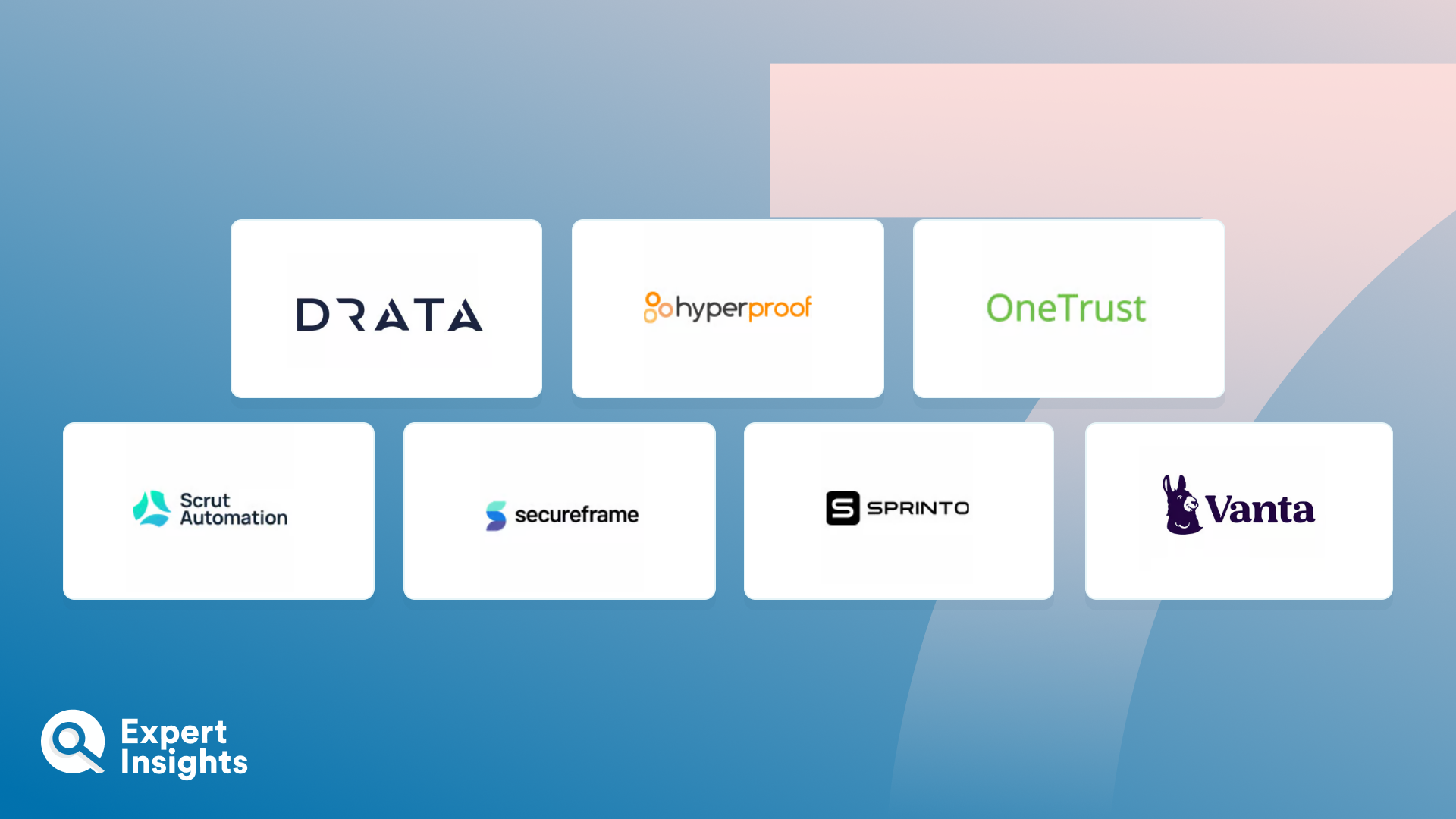Everything You Need To Know About Compliance Automation Tools (FAQs)
What Are Compliance Automation Tools?
Regulatory compliance is a priority for all businesses, regardless of size. Staying on top of ever-changing rules and regulations is no easy task, but when the penalties for non-compliance can be severe, organizations must do whatever they can to stay on top of compliance.
Compliance automation tools are software solutions designed to support organizations in keeping up with the ever-changing landscape of regulatory compliance. These tools work to ensure that businesses adhere to industry regulations, internal policies, and legal requirements by aiding organization in the management of complex compliance frameworks. This leads to reduced manual effort, a lower risk of faults and errors, and also provides an efficient wat to monitor and enforce compliance across various work processes.
Compliance automation tools are utilized across a wide range of industries, particularly highly regulated industries like healthcare, finance, and IT where the requirements for remaining compliant are stringent and often subject to changes. By automating the compliance process, organizations can both minimize the risk of non-compliant actions occurring, whilst improving overall operational efficiency to better focus of strategic initiatives.
How do Compliance Automation Tools work?
Compliance software tools work to automate compliance procedures, enhance accuracy, and offer proactive risk management data. This is achieved by breaking the compliance process into methodical, logical steps that are then executed.
Compliance automation platforms typically come with risk assessment features that consider the context of compliance obligations. They also continually capture, track, and review updates to the regulatory landscape, ensuring any updates are reflected in your practices. These tools can automate risk analysis procedures, carry out controls testing, and trigger risk alerts, allowing the responsible teams to take prompt corrective action.
These platforms can also manage user access permissions and employ strong data encryption techniques to ensure data security. Equipped with reporting features, they facilitate the communication of compliance awareness among cross-functional teams, improving the overall compliance culture within the organization. It is worth noting that specific features of compliance automation tools will vary based on the industry and the regulatory landscape in which the organization is operating.
What Features Should You Look For In Compliance Automation Tools?
The features offered by a compliance automation tool will vary considerably depending on factors like industry and operating location. Some key features, however, will remain important regardless of industry. In this section we’ll highlight the key features that every effective platform should have.
- Data Aggregation. This involves gathering and consolidating data from a variety of sources – including policies, regulations, and internal systems – to facilitate compliance management and reporting. By aggregating data, organizations can create a comprehensive and centralized view of their compliance-related information. This makes the task of monitoring, analyzing, and reporting on that information far easier, improving the efficiency of compliance efforts.
- Data Analysis. By analyzing collected data, you are able to detect discrepancies, security gaps, and compliance risks. In a compliance automation tool, data analysis plays an important role in helping to transform raw data into actionable information which can then be used by organizations to boost their compliance posture, address risks, and demonstrate adherence to regulatory requirements.
- Workflow Management. This is the facilitation of compliance related workflow processes, including capabilities like audit trails, document management, and approvals. Good workflow management means that compliance processes follow predefined sequences, adhere to established rules and procedures, and are efficiently executed. This ensures that compliance is maintained in a structured and manageable way.
- Reporting Dashboard. The ability to generate comprehensive reports and a clear dashboard allows admin to visualize compliance status, level or risk, and other important performance metrics. Having this visual interface that presents key compliance metrics, performance indicators, and insights in a way that is clear and consolidated is highly useful for providing stakeholders.
- Task Automation. Being able to automate manual processes like testing, self-assessment, and generating compliance reports is helpful as it decreases human workload whilst reducing the risk of errors. It also improves the efficiency of compliance management by ensuring that there is consistency in how repetitive activities and undertaken.
- Documentation. When it comes to maintaining compliance, the importance of maintaining detailed records and documentation cannot be understated. These documents are needed for audits and help to ensure there is transparency and accountability at the organization.
- Alerts and Notifications. To ensure actions responding to potential compliance breaches are both effective, good compliance automation tools should alert and notify users of any anomalies as soon as they arise.



